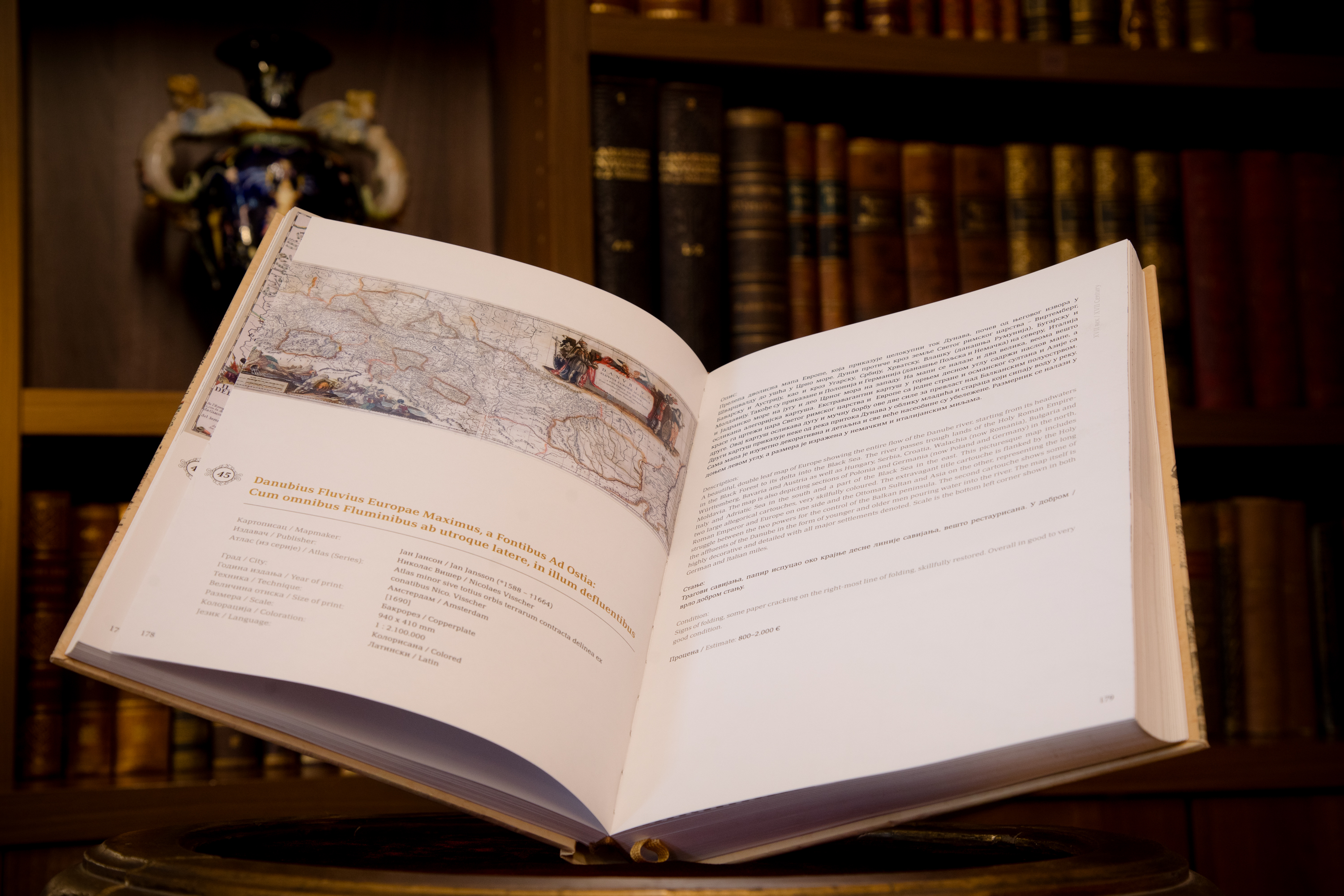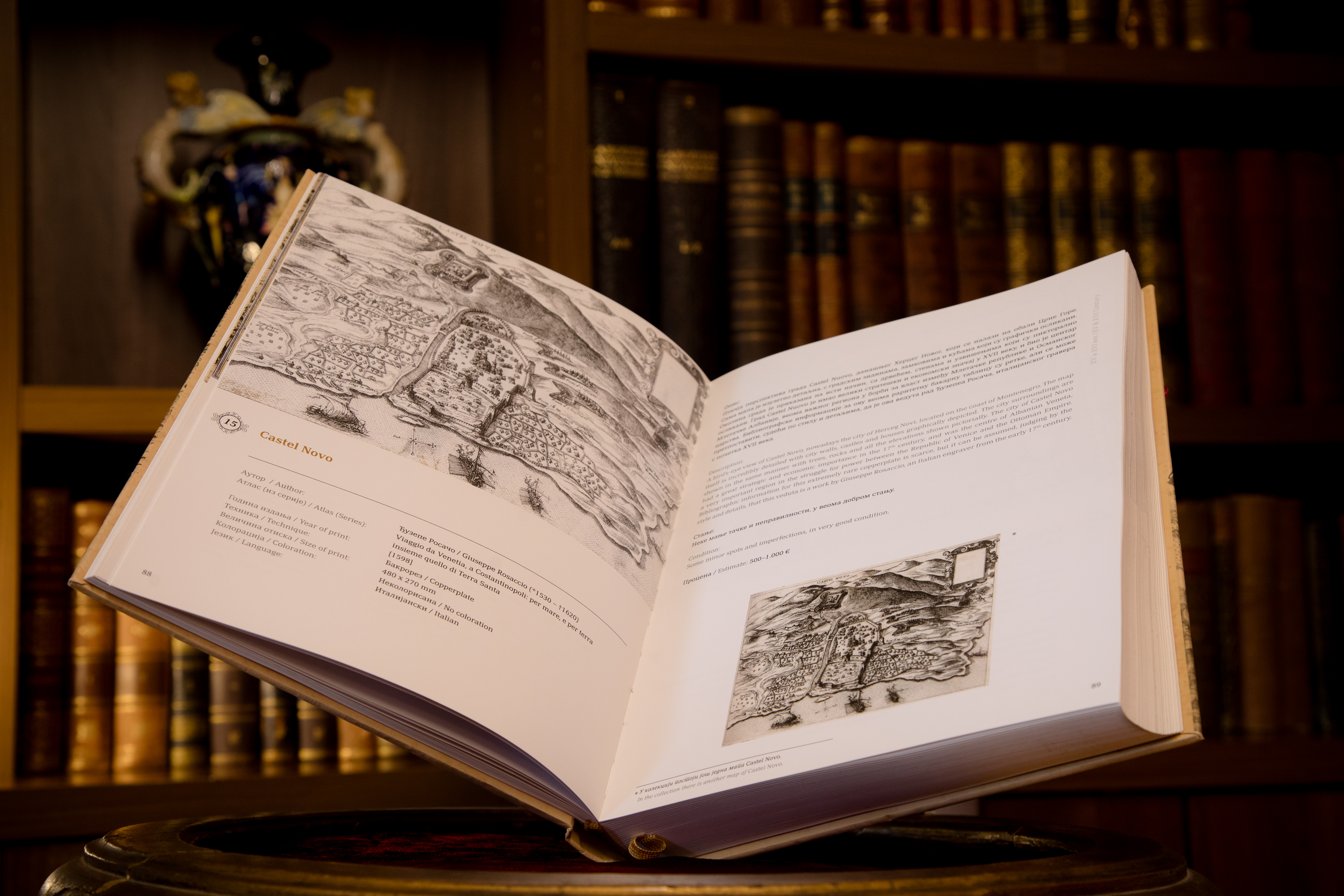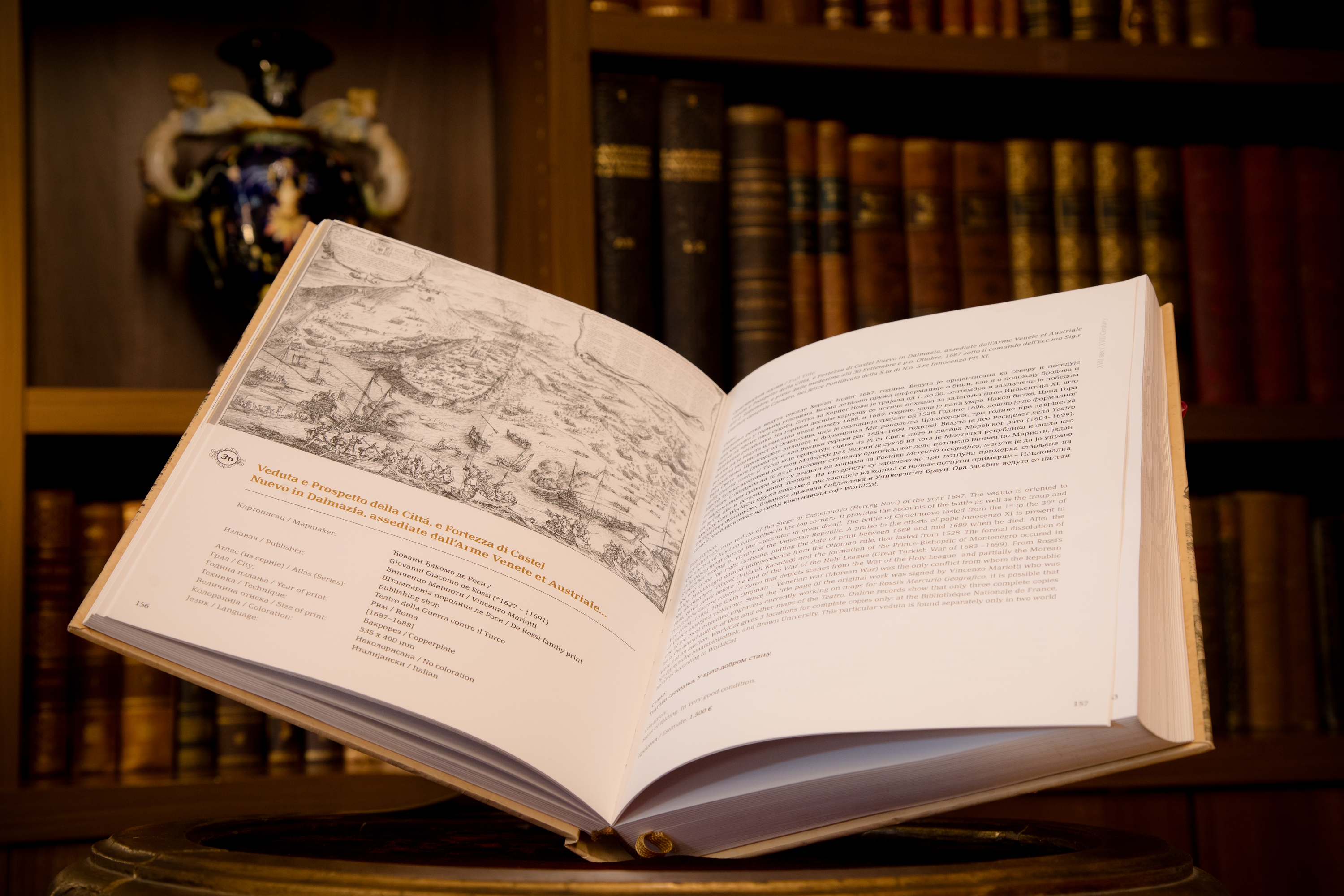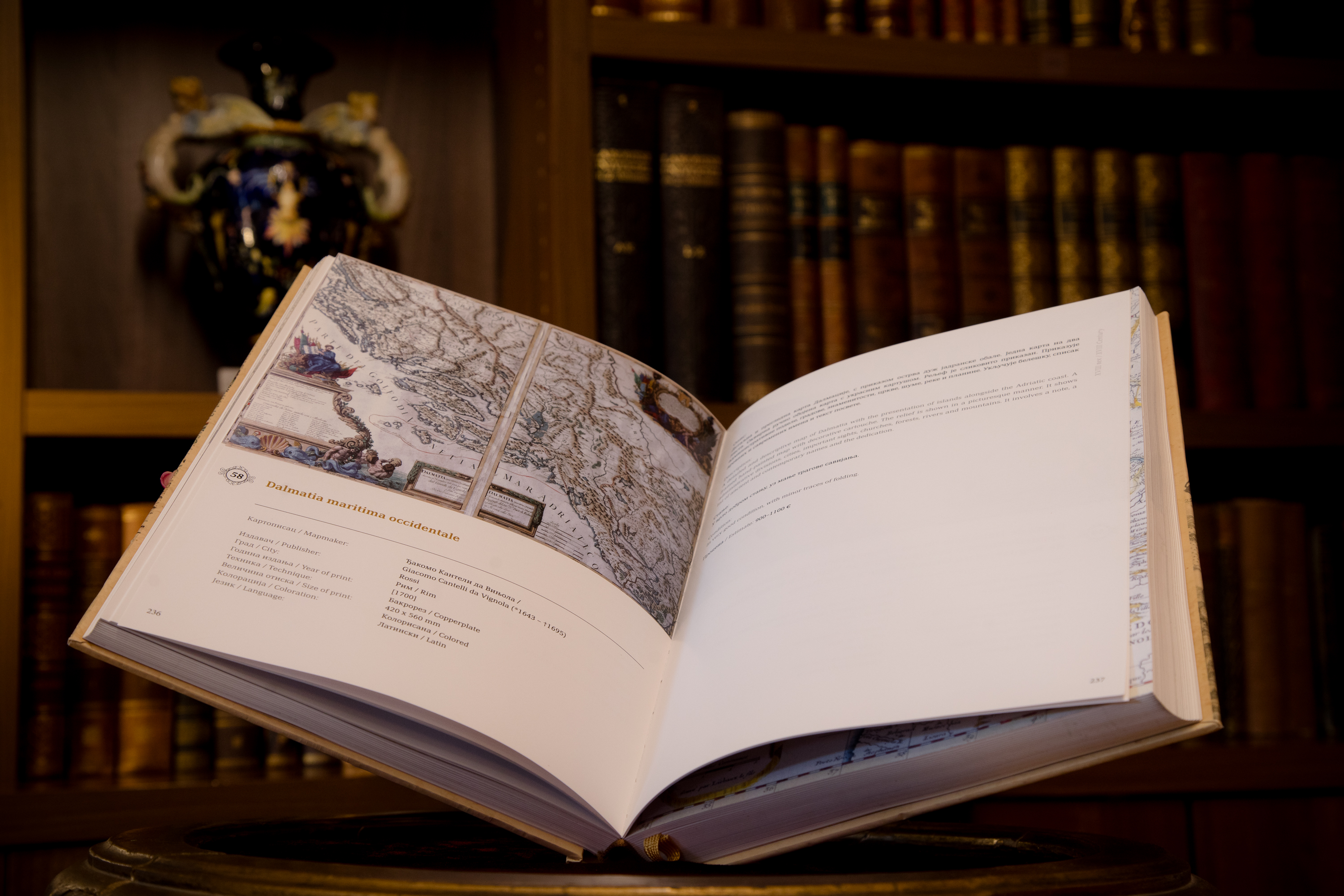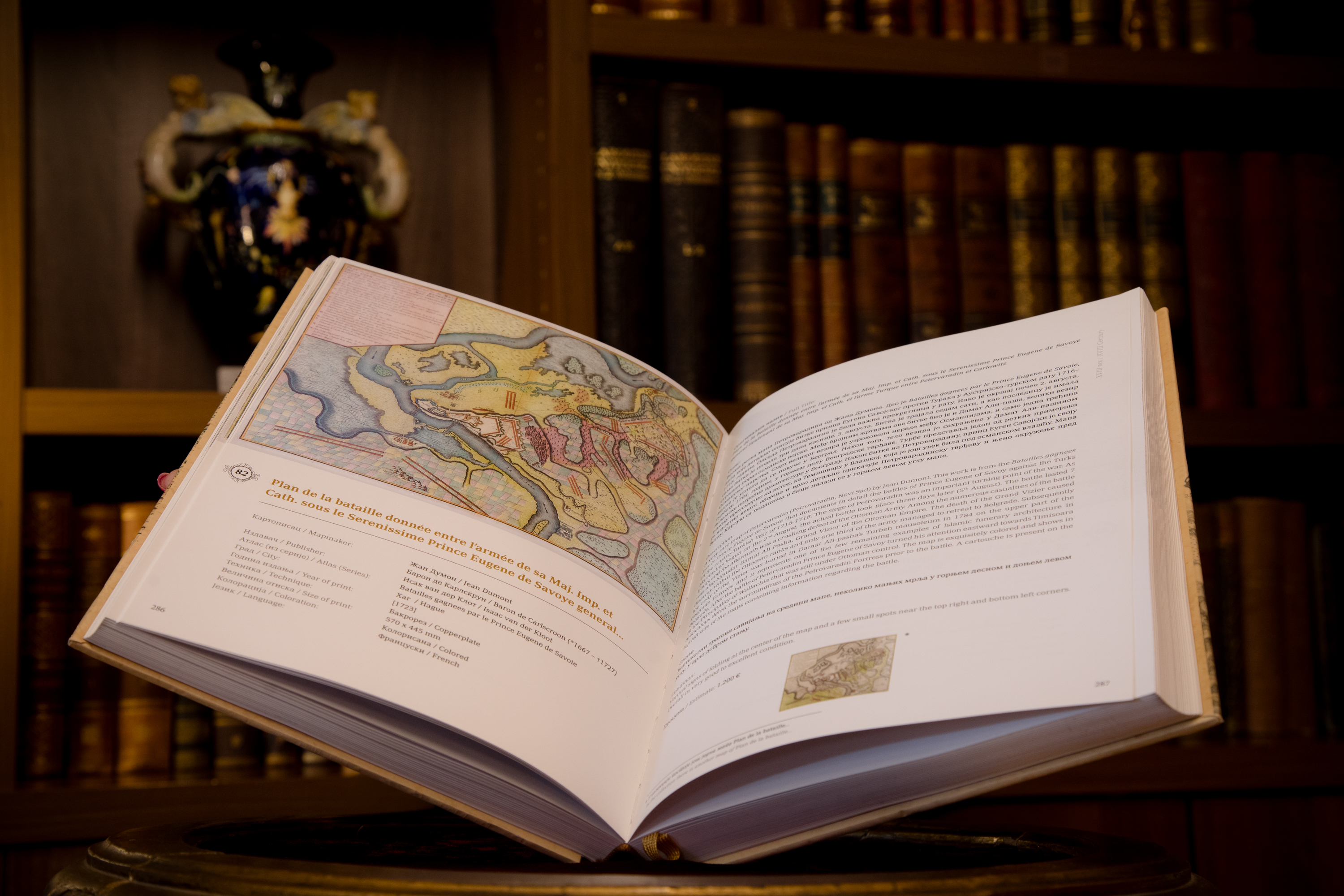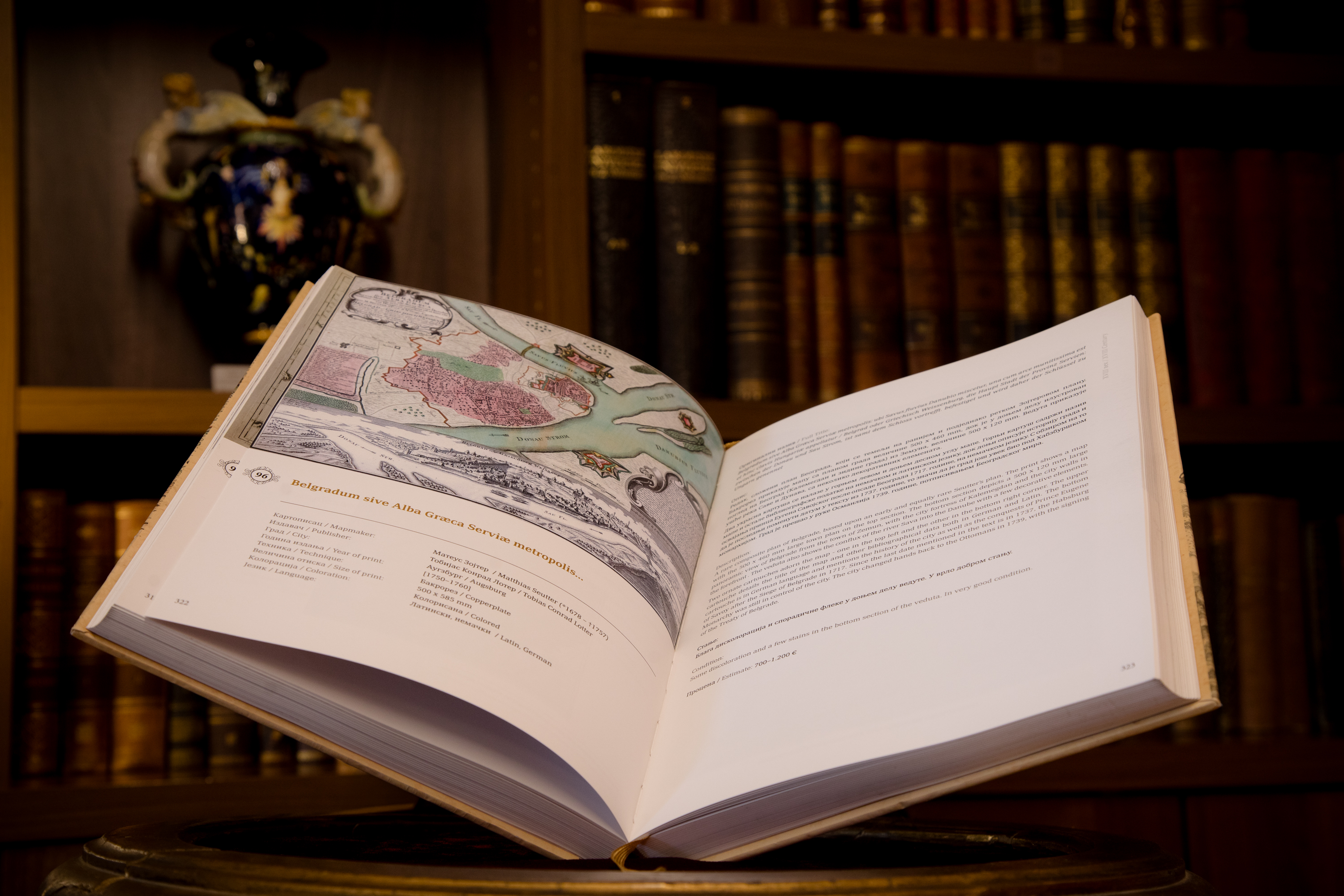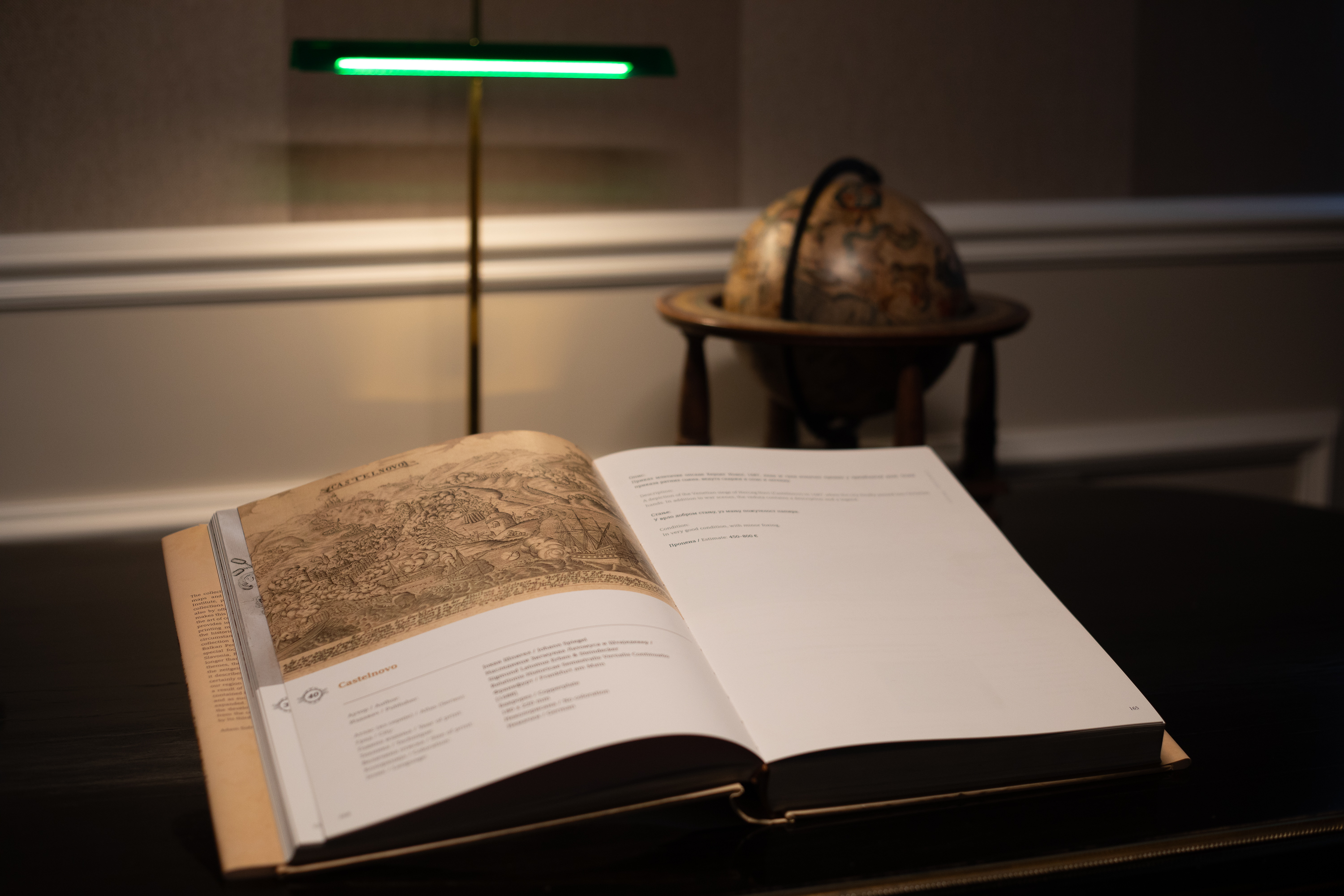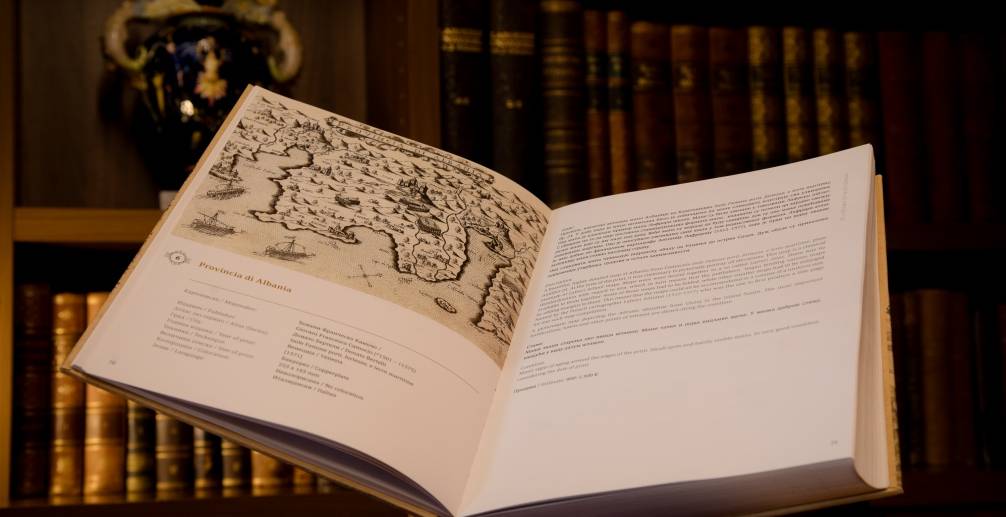
The Collection of Maps, Vedute and Documents: Serbia, Montenegro and Dalmatia through the Centuries, published by the Public Policy Institute, is one of the most significant cartophilic achievements in our region. This publication goes beyond being a mere overview of cartographic materials – it offers a broader thematic framework, an introduction to cartophilia and collecting, as well as a valuable insight into the techniques of creating and printing maps and vedute. Spanning more than six hundred pages, it presents nearly two hundred carefully selected full-color reproductions, created between 1493 and 1931, with particular attention to Central Serbia, Vojvodina, Herzegovina, Slavonia, the Bay of Kotor and Dalmatia. Covering a period of more than five centuries, the collection testifies to the richness of authors, themes and historical circumstances that have shaped the cultural and political landscape of the Balkans. Each map and veduta is accompanied by commentary and explanatory texts that reveal the importance of the historical context and offer the reader a deeper understanding of the time in which these works were created.
What makes this collection unique is the fact that it does not belong to state archives, but is instead the result of a collector’s passion and love for sources that preserve the truth of the past. As such, it demonstrates how important private initiatives and individual dedication are for safeguarding cultural heritage, as well as how much they contribute to keeping such works alive through new editions. The book has so far been published in three editions, each subsequently enriched with additional material and new discoveries, confirming the dynamic nature of the collection and its ongoing development.
By publishing this catalogue, the Public Policy Institute connects cultural heritage, scholarly research and publishing, making accessible one of the most valuable testimonies of Balkan space and history. In this way, publishing becomes a bridge between personal collecting experience and wider public use, contributing to the understanding of social processes and affirming the values of memory culture and the spirit of inquiry. This book is not just a catalogue, but a collector’s item in its own right – a lasting testimony to be kept, inherited and passed on as part of our shared cultural heritage.
